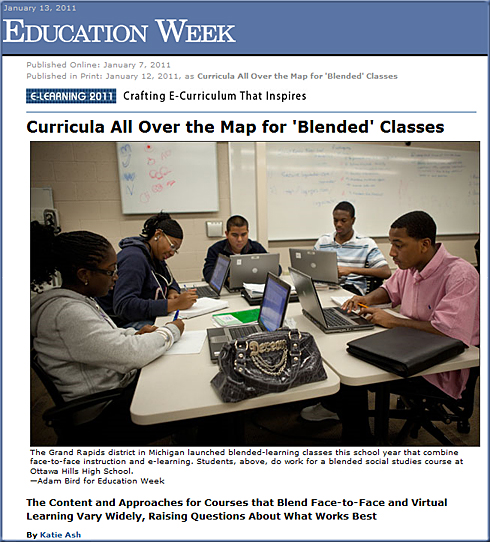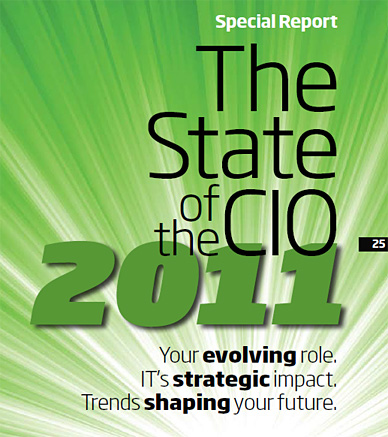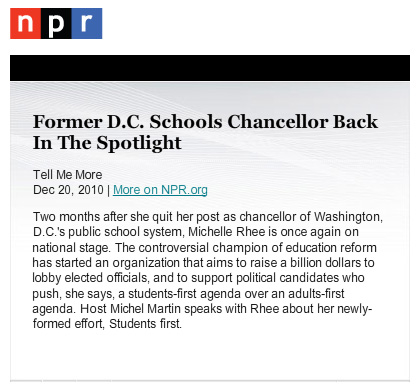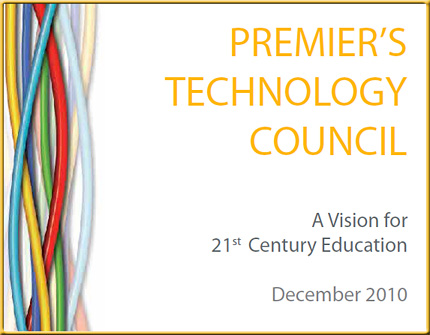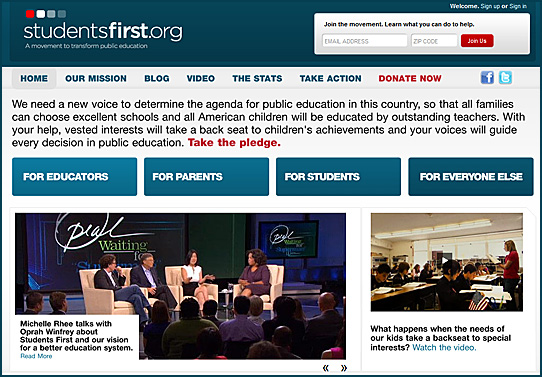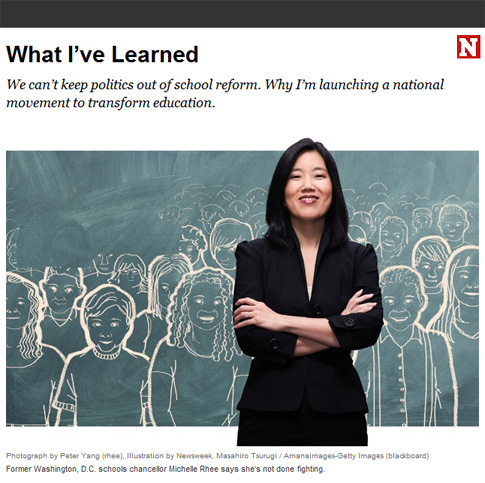Who wants a self-paced, free, world class education? — from OpenSesame.com
From DSC:
I work within higher education…so why am I posting this? For several reasons:
- To help those folks who may not have the funding to attend a college or university.
- To help those students who are already in a college or university and who want further resources on a particular discipline.
- For lifelong learners — and for those who love to learn — who want to pick up further knowledge re: a discipline.
- To prompt leadership/management within higher education to talk about their strategies in how to respond to this game-changing trend/environment. Such disruptive trends can be opportunities or threats.
- It’s published at OpenSesame.org — an organization that is forming another online marketplace/exchange that involves education.
- It relates to my thoughts on The Forthcoming Walmart of Education (and also here). Something that all universities and colleges will have to deal with…sooner or later.










